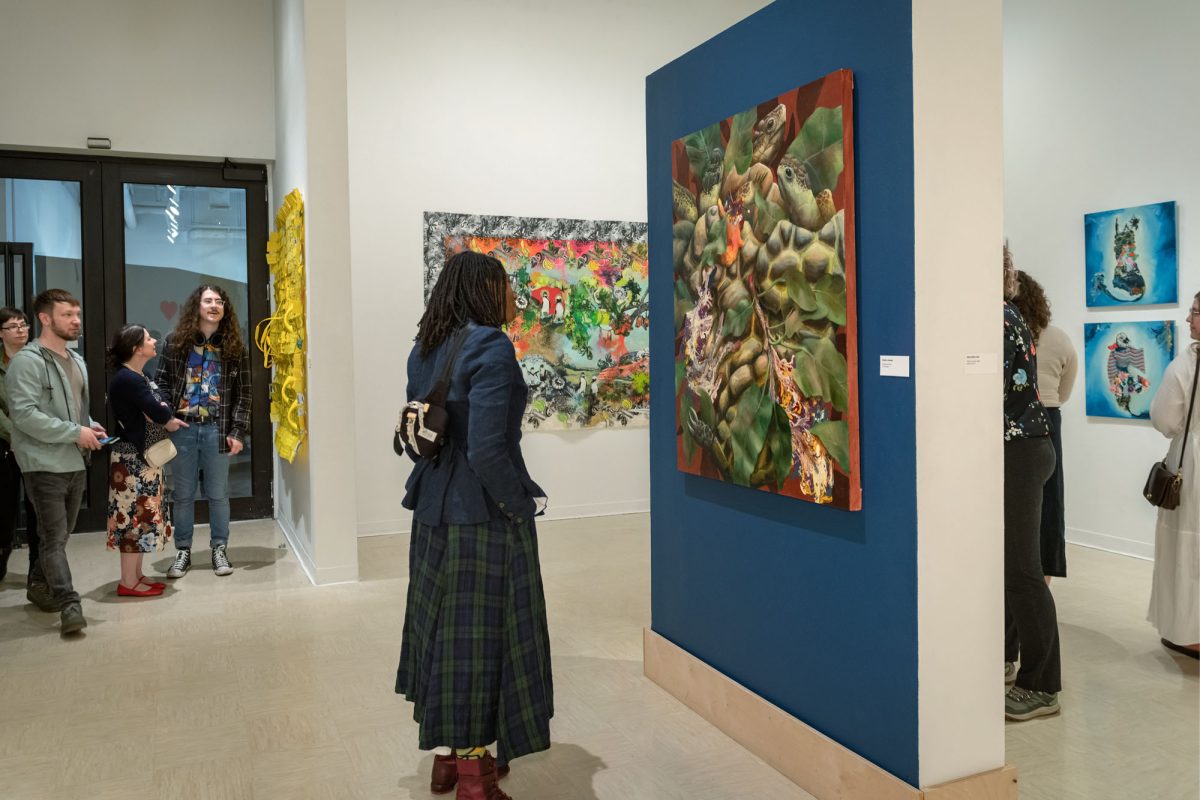” Along the banks of the Tigris River in Turkey, a UA archeology professor made a rare and unusual discovery while on an expedition last summer. Dr. Timothy Matney, associate professor of archeology, led the joint project that found the remains of an Ancient Assyrian palace and a 3000 year old tablet written in cuneiform script.”
“
Along the banks of the Tigris River in Turkey, a UA archeology professor made a rare and unusual discovery while on an expedition last summer.
Dr. Timothy Matney, associate professor of archeology, led the joint project that found the remains of an Ancient Assyrian palace and a 3000 year old tablet written in cuneiform script. Dr. Matney was the project director for the collaboration between the University of Akron, the University of Cambridge in England, the University of Mainz in Germany and Marmara University in Turkey.
It is an unusual find. Cuneiform tablets from Turkey are very rare, Matney said.
The tablet was found on the floor of the palace. It was left when the palace had been abandoned and burned. The tablet is a list of 144 women’s names written on it in cuneiform. The list may be of women who were agricultural workers employed by the palace. It is an unusal find because names listed on the tablet are not Assyrian.
The find tells something about the way the Assyrian empire ran and was administered. Because the names on the tablet are not in Assyrian, the workers may be from a different ethnic group in the area. It reveals that the Assyrian Empire, as it conquered different areas, may have sent the people of the conquered areas to different areas to work.
This is one of the most important archaeological discoveries anywhere in the world this year, says Dr. Michael Shott, UA professor of archaeology and chair of the university’s Department of Classical Studies, Anthropology and Archaeology.
The project site where Matney discovered the tablet was at the site of Ziyaret Tepe. Ziyaret Tepe was an important urban center in the late Iron Age from 800 to 600 B.C.. It has been identified as Tushan, the provincial capital of the Ancient Assyrian Empire.
Dr. Matney and his team have been at this site for the past thirteen years to understand how the city was layed out, the nature of daily life and to excavate as much of the city as they can. So far, the team has discovered a temple treasury, city gates and private houses among other artifacts. Over all the project has uncovered more than half a million artifacts.
Dr. Matney regularly teaches courses on the archeology of the Near East.
“











